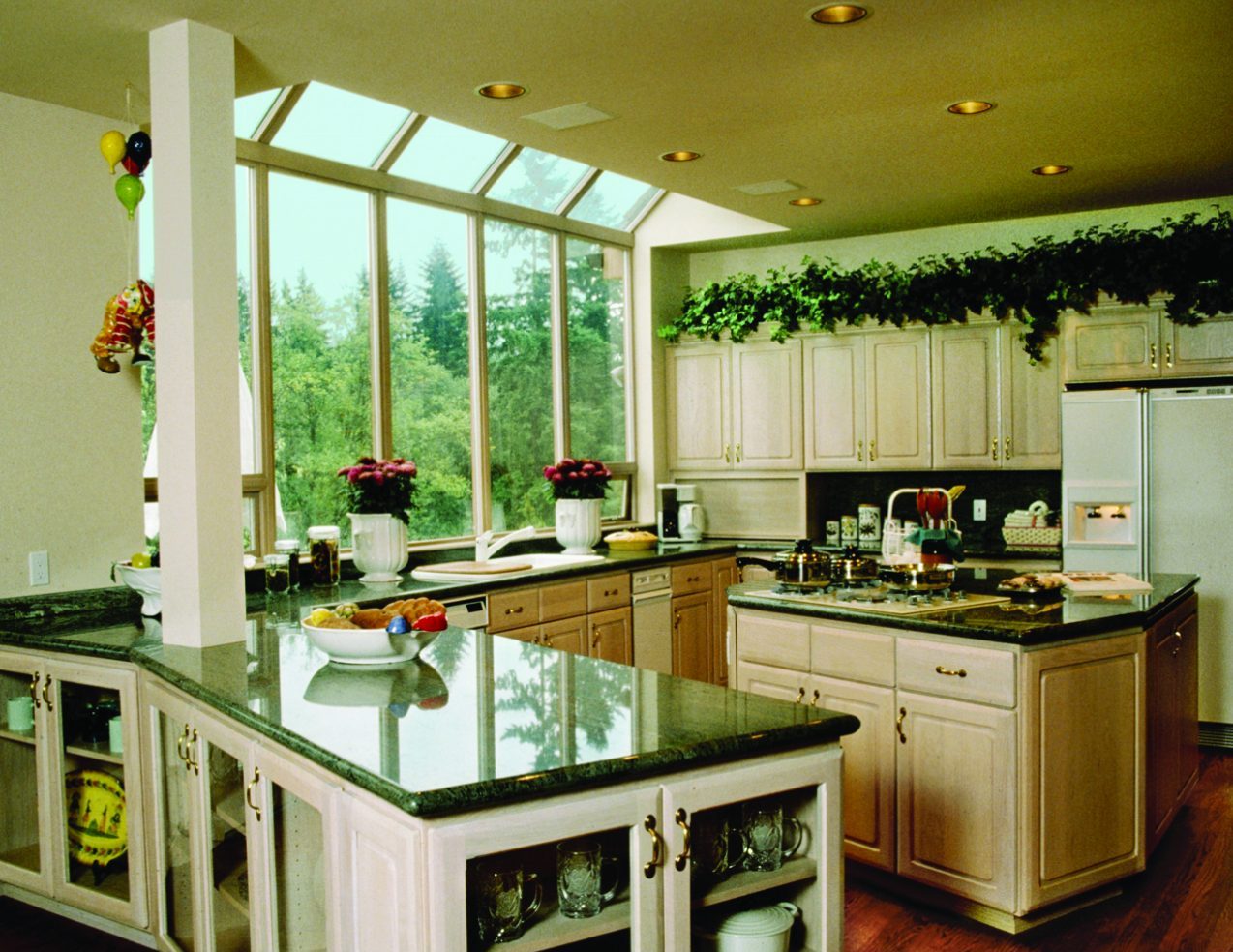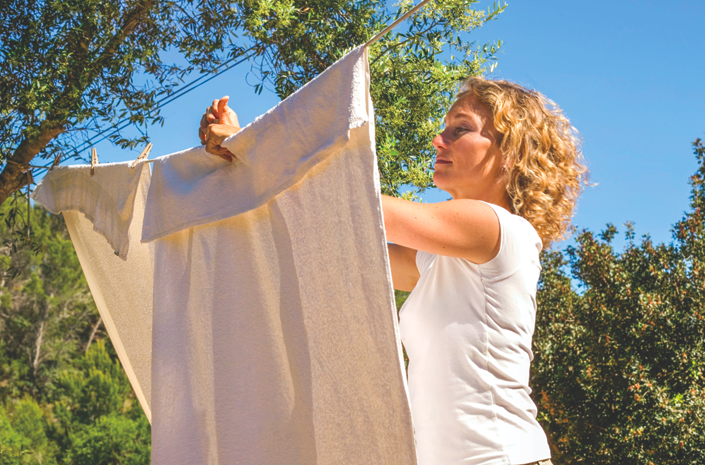Home improvement projects provide homeowners with a chance to put their own stamp on their homes. In addition, many such projects make homes safer and, in some instances, more eco-friendly. The opportunity to make a home more comfortable, safer and/or more eco-friendly entices many homeowners to open their wallets. In fact, the Home Improvement Research Institute estimates that the home improvement products market will grow by more than 5 percent in 2018.
Homeowners might experience some sticker shock when researching home improvement projects or receiving estimates from contractors. But there are ways for budget-conscious homeowners to transform their homes and still make the most of their home improvement dollars.
• Do your homework. Each year, Remodeling magazine publishes its “Cost vs. Value Report,” a comprehensive study of 21 popular remodeling projects in 149 United States markets. The report notes the value each project retains at resale in 100 markets across the country. Homeowners who want to get the strongest return on investment can access the “Cost vs. Value Report” (www.remodeling.how.net) to see which home improvement projects are best suited for them.
![]()
• Do some of the labor yourself. Homeowners willing to swing a hammer also can stretch their home improvement dollars. For example, the home improvement resource This Old House® notes that homeowners willing to do their own demolition before the contractors arrive can save substantial amounts of money. A professional contractor may charge $1,000 to demo a 200-square-foot deck, but This Old House estimates that homeowners who demo their own decks may spend only $450 (for the dumpster rental and parking permit).
• Hire a consultant. The DIY movement is incredibly popular, no doubt thanks to television channels such as HGTV and the DIY Network. Homeowners with DIY experience may be able to complete projects on their own with little consultation from professional contractors. Some contractors may not offer consulting services, however. The consultation route, which typically requires paying licensed contractors hourly fees to offer guidance, should only be considered by homeowners with legitimate DIY skills, for whom this option can be a great way to save money.
• Schedule renovations during homeowner-friendly times of year. Summer and fall tend to be contractors’ busy seasons, and homeowners will likely pay more for projects during this time of year. If possible, delay starting projects until right after the new year, when contractors aren’t so busy and might be more flexible with pricing. Budget-conscious homeowners can employ various strategies to make the most of their home improvement dollars without sacrificing quality.






